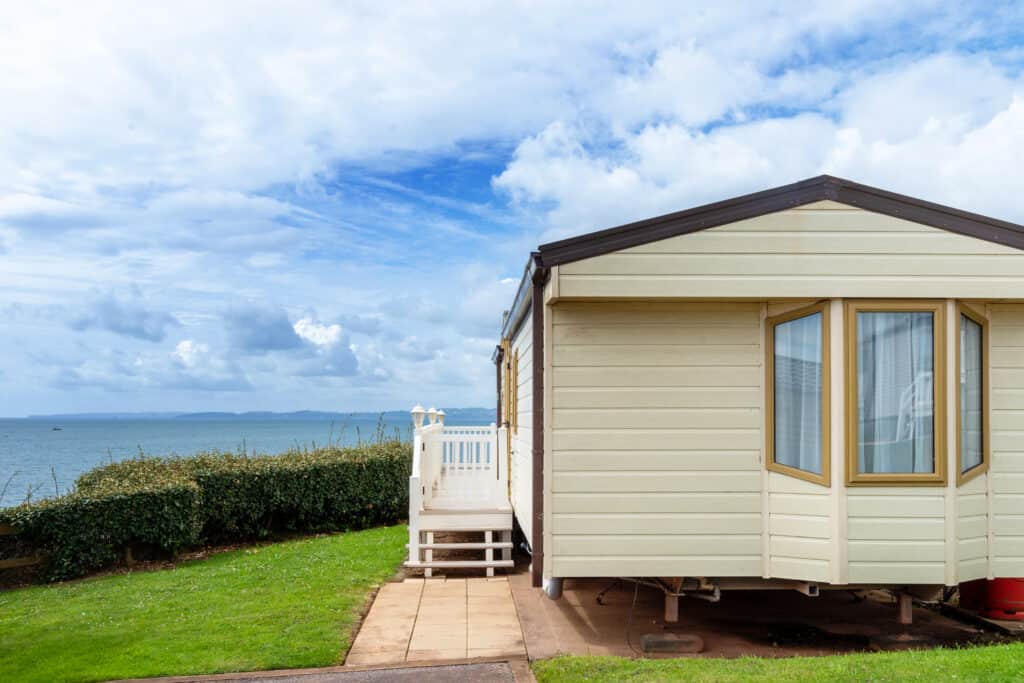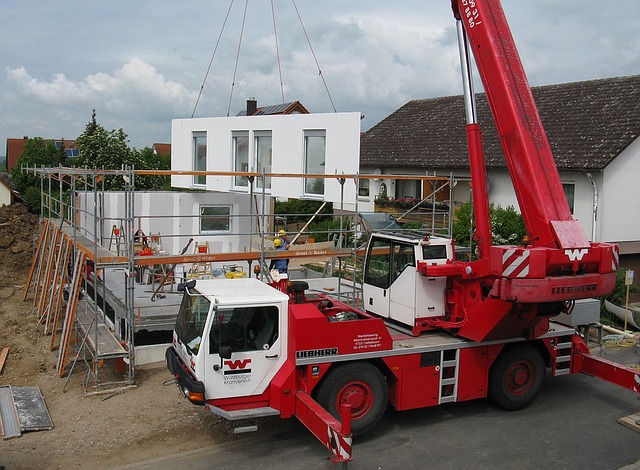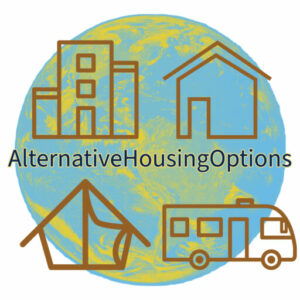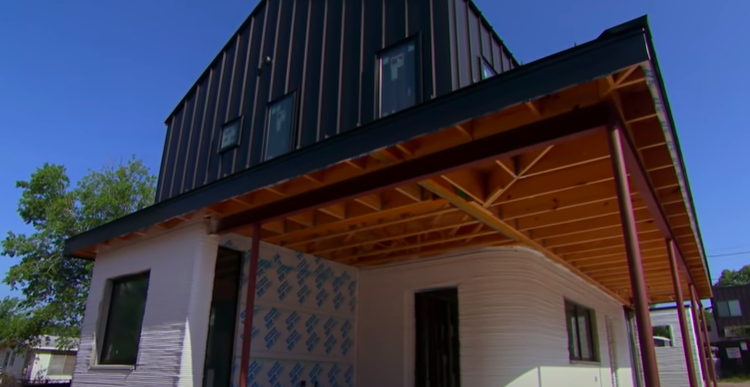Historically, spring is an excellent time of year to sell your home or start looking for a home to buy in the United States. However, in 2022, the housing markets across the nation are feeling the crunch of 4 leading economic factors: 1) the interest rate hike reaching almost 4%. 2) inflation of retail prices affect prices on everything from gasoline, food, clothing, and housing. 3) upheaval in the job market continues to plague employees and employers as unemployment and those quitting their jobs rise. 4) supply chain issues are still causing uncertainty of products on store shelves. With these four factors affecting the U.S. economy, it’s no wonder people are either staying in their homes as fewer and fewer homes are put up for sale or turning to alternative housing as a way to escape the housing whirlwind.
The pros➕ and cons ➖ of alternative housing are typical that they: ➕ cost less than traditional houses, ➕they allow for a lifestyle of freedom, or ➕they can help people reduce their effects on the environment. The cons may be that: ➖ the style of living was worse than expected, ➖ costs can start to add up in other ways, ➖ not all local housing departments appreciate alternative housing ideas.
Here are the pros and cons of permanent alternative housing options.
Permanent housing
We define permanent housing as those built or installed on a foundation of some kind and, once placed, not easy to move and not moved often. Our example of permanent housing includes 3D printed homes, manufactured homes, and prefab houses.

3D printed homes
3D printed homes are a newer form of alternative housing. 3D construction methods are referred to as additive manufacturing. China has been printing 3D walls from “concrete printers” since 2008. The alternative housing idea has been proven and holds many benefits but does have some disadvantages.
Pros:
Saves time and money- According to WinSun 3D Builders, A concrete printer can reach speed up to 150-200 m2 wall surface in 24 hours. With this process, you could print a small or medium-sized bungalow in a day. Installing printed walls has little in the way of labor costs, and fewer construction materials are wasted. Printing on demand allows for last-minute changes and reduces inventory builders must keep. This amounts to 20-40% more savings than building a traditional home.
Better insulation- the design of 3D walls has an inherent opening for insulation, plumbing, electrical, fiber optics, and other cabling inside the walls themselves. 3D printed buildings can resist heat flow. This creates a very energy-efficient home.
Cons:
Limitations on raw materials- the current 3D printers for housing use concrete and other earthen materials but limit what else can be used with these printers.
Limitations on purchasing a printer- the initial investment in a 3D printer is quite large and are limited to large construction companies with big budgets. However, an overall housing standard has not been created for 3D printed homes, and until that is established, the likelihood of widespread 3D building is doubtful.
Manufactured homes

Manufactured homes are often considered mobile homes as they are built on a chassis for towing and installation on a concrete slab in a park or community.
Pros:
Lower cost of living- With the current cost of homeownership, manufactured homes might be an excellent alternative for those who want to quit renting and own a house. A new manufactured home can cost between $80–100k, while a traditional home’s median listing price in February 2022 was $392,000. A lot fee in a mobile home park or community covers taxes and common area park maintenance, including utilities, sewer, and garbage services.
Cons:
Depreciating asset – A manufactured home doesn’t hold value the same as a traditional home. Unfortunately, even if they are built like a home, they are considered vehicles because they are on a chassis. Right or wrong, this causes them to depreciate similar to a car, even if it never moves.
Tricky financing- financing can be hard to find a mortgage for a manufactured home. They are not considered a traditional home and can’t count on conventional financing.
Hard to resell- Because the home doesn’t hold its value, it can be hard to part with at a loss. Another factor in the resale value is that mobile home parks have a stereotype and stigma associated with them. It can be hard to find a buyer to overcome negative connotations despite most parks being safe, clean, and convenient communities.
**As a side story, we purchased a few manufactured homes about seven years ago for quite a deal because the owners needed to move, and the home had depreciated to nothing. We would not have been able to get financing due to the age of the home. Even as a vehicle, it had depreciated to nothing. We updated each home and sold them rent-to-own. We worked with park management every step of the way to not break any rules within the park. This worked out very well for our buyers, who paid us for the house and paid the park for the lot fee. They have all paid off the homes and now live in the park for only the lot fee of around $300 plus utilities—a pretty great deal for the price.**
Prefab homes

Prefab homes are often considered just a step up from a manufactured home. They are essentially a stick-built traditional home built in a factory and transported by parts to the construction site.
Pros:
Lower cost- prefab homes are generally cheaper than traditional homes because of the more efficient use of materials. They can cut costs because they need fewer construction laborers on-site to help assemble the house. And they are reconstructed in only a few weeks compared to a traditional home which takes months to finish. A prefab home shell is between $50-100 per square foot.
Energy-efficient- Prefab home construction adheres to strict design guidelines; the seams in these homes are airtight and hold the hot in the winter and cool air in the summer.
Cons:
Transportation- moving your home parts to the construction site can get pricy, especially if you do not live in town. Rural areas are harder to reach, and transportation companies might charge you an extra fee.
Land and foundation- The land is included in the purchase when you purchase a pre-existing home. With a prefab home, you need to buy a lot separately from the purchase of the house, and depending on your location, that can add up. Lots cost between $30,000 – $60,000+. You’ll also need to have a foundation poured with hookups for the sewer, electrical, and plumbing ready for the house to be installed.
Frequently asked questions about alternative housing options.
Why is alternative housing popular? Alternative housing has always been around. Some of the first houses were made of animal skin (tipi), fabric (yurts and tents), earth (cob, clay bricks, earth-packed homes). Alternative housing has become popular over the past ten years partly due to its publicity from television shows, YouTube videos, and people documenting their move from a traditional home to an alternative housing option.
Will the alternative housing trend continue? People around the world want to live off-grid, lessen their environmental impact, or save money on housing who will continue to search for alternative housing. If you’re considering purchasing alternative housing and using it for rental property, just like traditional rentals, you will have renters. One of the basic human needs is shelter. Housing solutions can be traditional in the form of a house, apartment, boarding house to an alternative solution in a tiny home, manufactured home, yurt, cob house, and many more.
You may find other permanent alternative housing options that fit your lifestyle better than a 3D printed house, manufactured home, or prefabricated home. Renting, living in a Co-Op, or commune would be closer to a traditional form of alternative housing idea with a twist. Check out the mobile alternative housing article if you like to travel or venture off the beaten path.


